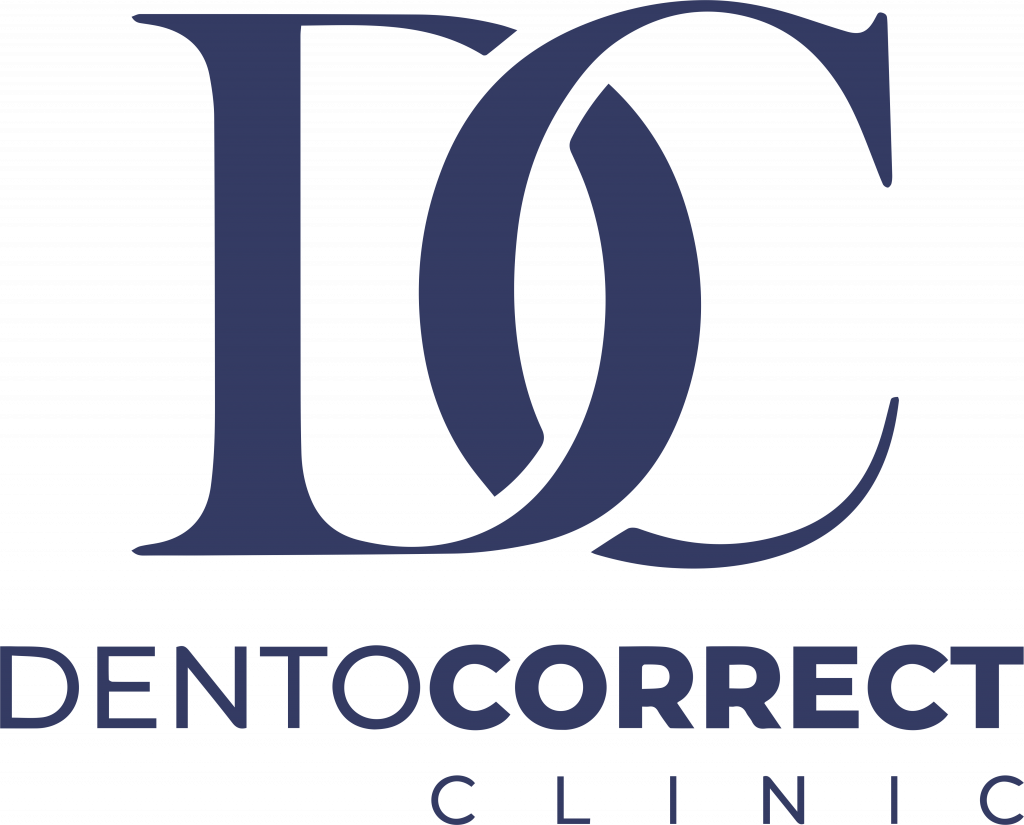
Ultimate Guide to Teeth Whitening for Dental Professionals
Teeth whitening is one of the most popular cosmetic dental treatments today. It is a sought-after procedure for patients seeking a brighter, more confident smile. As dental professionals, it is crucial to stay informed about the latest techniques, safety protocols, and trends in teeth whitening. In this article, we’ll explore the ins and outs of teeth whitening for doctors, including treatment options, benefits, risks, and the necessary steps to provide safe, effective services.
Introduction to Teeth Whitening
What Causes Teeth Discoloration?
Teeth discoloration can occur for various reasons, ranging from external factors like food and drink to internal factors such as aging and genetics. The common causes include:
- Staining from food and drinks: Coffee, tea, red wine, and sugary beverages can stain teeth over time.
- Smoking or tobacco use: Nicotine and tar from tobacco can cause significant staining.
- Aging: As people age, their enamel naturally thins, revealing the yellowish dentin beneath.
- Medications: Certain antibiotics and antihistamines can cause staining, particularly in children.
- Poor oral hygiene: Inadequate brushing and flossing can contribute to plaque buildup and discoloration.
Teeth Whitening Options for Doctors
There are various whitening options available, and as a dentist, it’s essential to provide your patients with choices that suit their needs, budget, and dental condition. The options generally fall into two categories: in-office treatments and at-home products.
In-Office Teeth Whitening Procedures
In-office whitening treatments are professional services offered by dental clinics. They tend to be more expensive than at-home kits but are quicker and more effective.
Popular in-office treatments:
- Laser teeth whitening: Uses a laser to activate the whitening gel applied to the teeth.
- Zoom whitening: A popular technique where a hydrogen peroxide gel is applied, and a special light is used to accelerate the process.
- Custom bleaching trays: Personalized trays filled with a whitening solution are used for effective and targeted whitening.
At-Home Teeth Whitening Kits
At-home teeth whitening involves the use of specially designed trays, gels, or strips that patients can use themselves. These kits are more affordable and less invasive but may take longer to show results.
Common at-home products include:
- Whitening strips: Thin, flexible plastic strips coated with a whitening gel.
- Whitening toothpaste: Contains mild abrasives and gentle chemicals to remove surface stains.
- Custom trays: Trays designed by dentists that patients can use at home with a professional-grade gel.
Laser Teeth Whitening: Pros and Cons
Laser teeth whitening is one of the most effective in-office treatments. It involves the application of a bleaching gel to the teeth, followed by the use of a laser to accelerate the whitening process.
Pros:
- Faster results: Laser treatments can brighten teeth by several shades in a single session.
- Professional supervision: Since treatments are performed by a dentist, they ensure safe and controlled application.
- Longer-lasting effects: Laser whitening can produce more durable results compared to over-the-counter treatments.
Cons:
- Cost: Laser whitening can be expensive for patients, which may limit its accessibility.
- Sensitivity: Some patients may experience tooth sensitivity after the procedure.
Safety and Precautions in Teeth Whitening
While teeth whitening is generally safe, it is crucial to take certain precautions to avoid potential side effects, such as tooth sensitivity, gum irritation, or uneven results.
Recommendations for Safe Whitening:
- Assess dental health: Ensure patients have healthy teeth and gums before offering whitening treatments.
- Use quality products: Only use products approved by dental regulatory bodies to minimize risks.
- Limit exposure to bleaching agents: Avoid excessive use of whitening products, which can damage enamel.
Common Teeth Whitening Myths
There are many misconceptions surrounding teeth whitening treatments. As a dental professional, it’s important to address these myths to ensure your patients are well-informed.
Myth 1: Whitening can damage your enamel.
Fact: When used correctly and under professional guidance, whitening treatments do not damage enamel.
Myth 2: Teeth whitening works on crowns and fillings.
Fact: Teeth whitening only works on natural teeth, not on restorations like crowns or fillings.
Myth 3: Over-the-counter products are just as effective as professional treatments.
Fact: Professional treatments are more effective and faster than over-the-counter options.
Aftercare and Maintenance for Whitening Treatments
To help patients maintain their bright smiles after whitening treatments, it’s essential to advise them on proper aftercare. Recommendations may include:
- Avoid staining foods and drinks for at least 48 hours after the treatment.
- Brush regularly with a whitening toothpaste.
- Use a fluoride rinse to help strengthen teeth.
Conclusion
Teeth whitening is a powerful tool in the hands of dental professionals. Whether you choose in-office treatments or provide at-home kits, offering whitening services can significantly improve your patients’ confidence and satisfaction. By understanding the different whitening options, staying informed about the latest techniques, and ensuring safe practices, you can provide effective and reliable teeth whitening treatments in your practice. For more information or to schedule a consultation, you can reach us at Dento Correct by calling +92 314 2484555 or visiting our website dentocorrect.pk.





